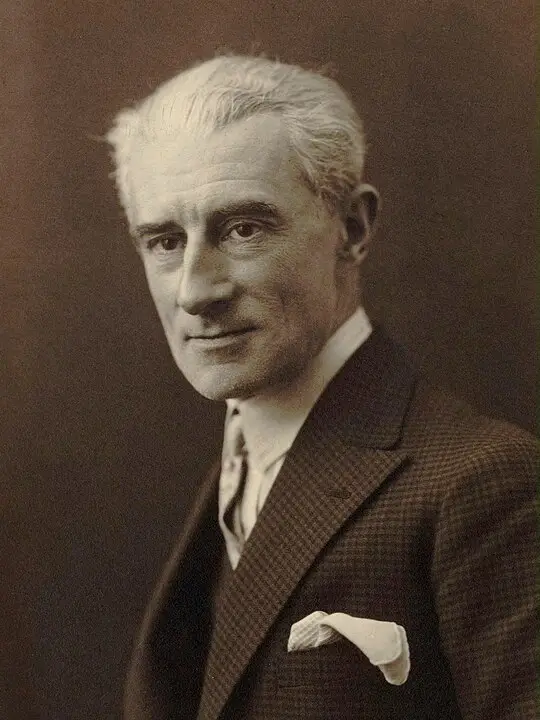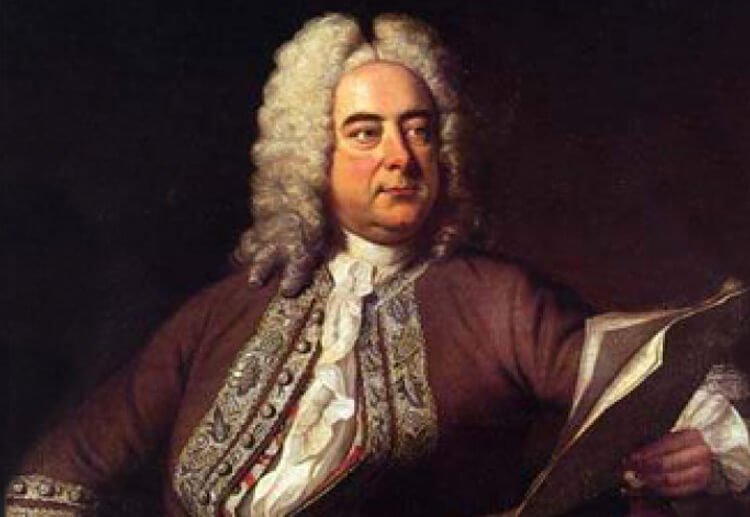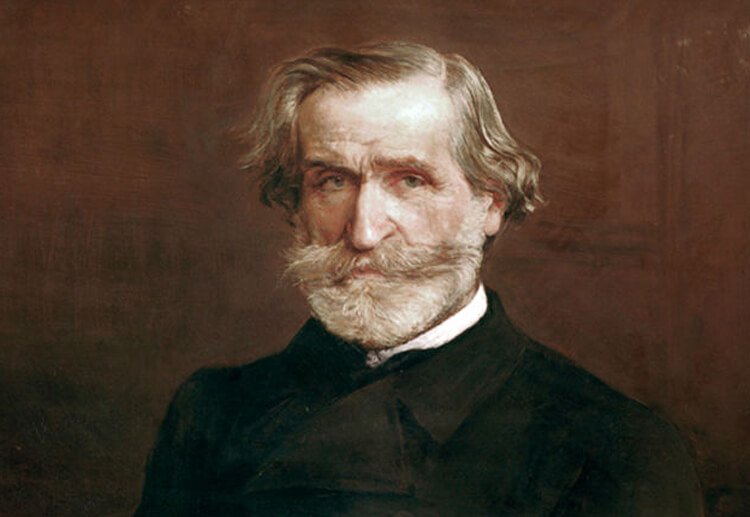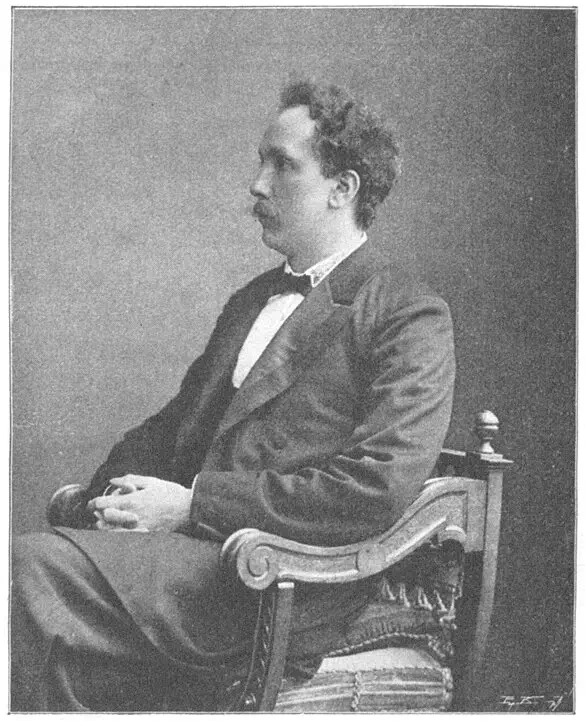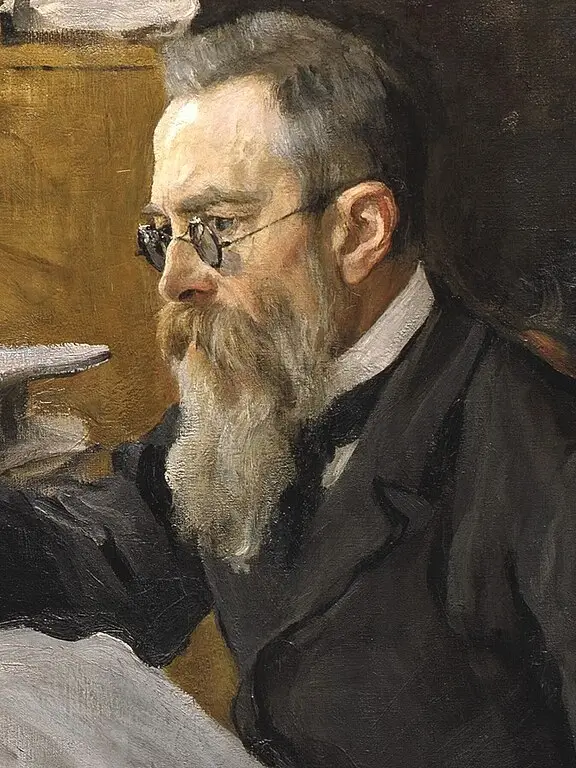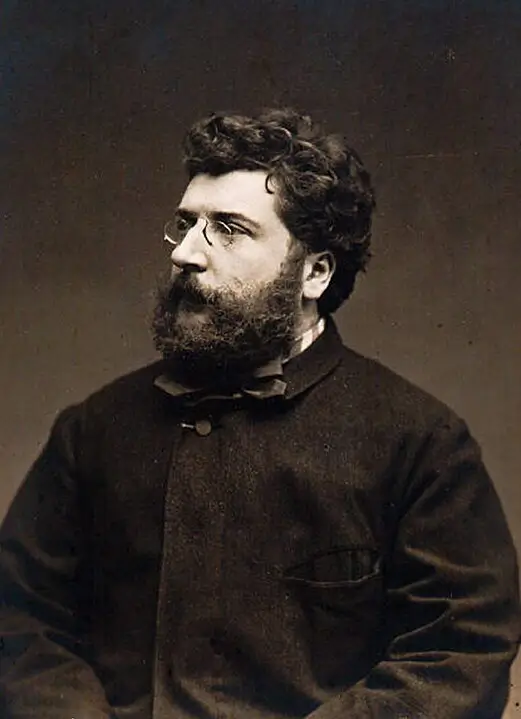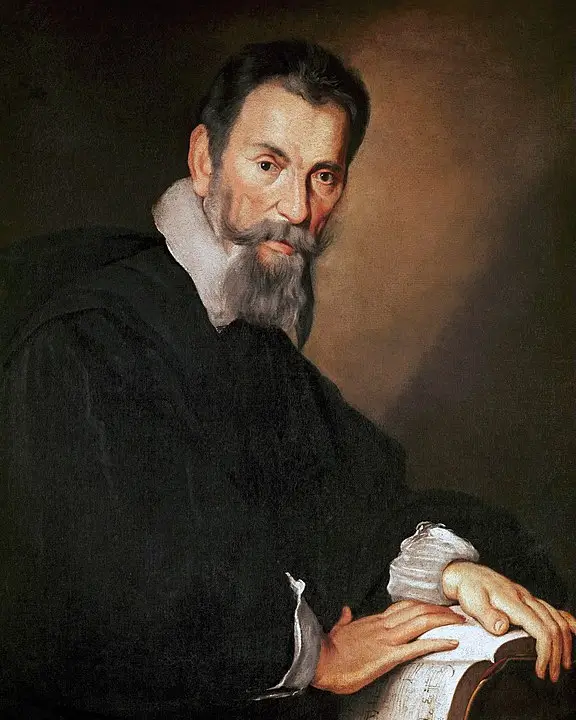Introduction
Maurice Ravel stands as one of the most distinguished figures in the landscape of classical music, renowned for his unique compositions and innovative orchestration. His works, characterized by their intricacy and exquisite detail, continue to captivate audiences and influence musicians around the world. This article delves into the life and legacy of Ravel, exploring his early beginnings, musical training, major works, connections with other composers, personal philosophy, and the impact of his environment on his music.
Early Life
Maurice Ravel was born on March 7, 1875, in Ciboure, France, near the Spanish border. His father, Pierre-Joseph Ravel, was an engineer, and his mother, Marie Delouart, was of Basque descent. This blend of cultural backgrounds influenced Ravel’s musical outlook from a young age. The family moved to Paris shortly after Maurice’s birth, where he was exposed to a rich cultural heritage.
Ravel displayed an early interest in music. Encouraged by his parents, he began piano lessons at the age of seven. His early exposure to music was not limited to classical traditions; he was also drawn to the songs and dances of the Basque region, which would later influence his compositional style.
Musical Training and Development
Ravel’s formal musical education began at the Conservatoire de Paris, where he enrolled in 1889. Under the tutelage of Gabriel Fauré, Ravel honed his skills in composition. Despite a somewhat rebellious streak that led to his expulsion in 1895, he returned to the Conservatoire in 1897 to continue his studies, demonstrating a deep commitment to his craft.
During his time at the Conservatoire, Ravel developed a network of influential peers and mentors, including Claude Debussy, with whom he shared a respectful rivalry. Although their styles were distinct, Debussy’s impressionistic approach to music left a lasting impression on Ravel.
Major Works and Compositions
Ravel’s oeuvre includes orchestral music, piano works, and songs, among other genres. One of his most famous compositions, “Boléro,” was originally written as a ballet commissioned by Russian dancer Ida Rubinstein. Its repetitive melody and rhythm, building to a powerful crescendo, make it one of the most recognizable pieces in classical music.
Another significant work, “Daphnis et Chloé,” is a ballet scored for a large orchestra. This piece showcases Ravel’s mastery of orchestration and his ability to evoke vivid imagery through music. His “Piano Concerto in G Major” is noted for its jazz influences and technical demands, reflecting Ravel’s openness to new musical forms and his virtuosic piano skills.
Connections to Other Composers
Ravel’s relationships with other composers were marked by mutual respect and artistic exchange. His connection with Debussy is perhaps the most notable. Although often seen as rivals, they shared similar motivations to break from traditional forms and explore new musical territories. Ravel was also influenced by the works of Erik Satie and was a contemporary of Igor Stravinsky, whose approach to rhythm and dissonance can be seen in some of Ravel’s compositions.
Character and Philosophy
Ravel was known for his meticulous nature and perfectionist tendencies, often revising his works until they met his exacting standards. His philosophy of music emphasized the importance of innovation and personal expression. He once remarked, “The only love affair I have ever had was with music.” This statement reflects his lifelong dedication to his art and his belief in music as a profound form of personal and emotional expression.
Life in the City Where Maurice Ravel Lived
Paris, during Ravel’s lifetime, was a bustling hub of artistic activity. The city’s vibrant cultural scene profoundly influenced Ravel’s development as a composer. Paris was home to a plethora of artists, writers, and musicians, whose experimental approaches to their respective arts encouraged Ravel to explore and innovate within his compositions. The city’s diverse musical offerings, from opera to cabaret, provided a fertile ground for his artistic explorations.
Death and Legacy
Maurice Ravel passed away on December 28, 1937, in Paris, after a long illness. His death marked the end of an era in French classical music. Ravel’s legacy, however, continues to thrive through his enduring compositions and their influence on subsequent generations of musicians. His works are regularly performed in concert halls around the world, and his innovative techniques in orchestration have been studied and emulated by composers and music scholars alike.
Ravel’s music remains a testament to his genius, characterized by its precision, emotional depth, and extraordinary beauty. His life and works not only enriched the musical world but also continue to inspire and challenge those who seek to understand and appreciate the boundless possibilities of music.

